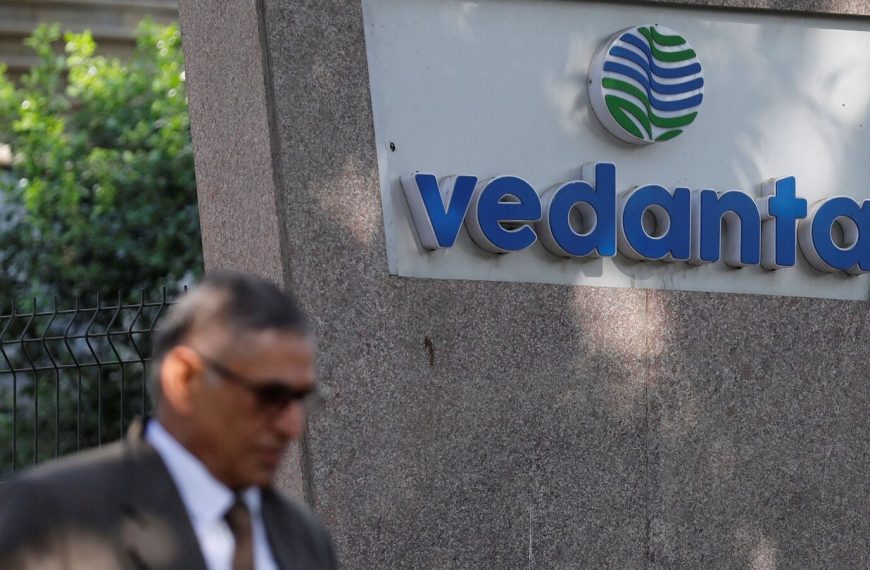The recent decline in gold prices comes on the heels of an extraordinary surge that saw rates reach an unprecedented Rs 1 lakh. According to insights from Motilal Oswal Financial Services Limited (MOFSL), this is a prime opportunity for investors. Their recommendation encourages buying on dips, suggesting that accumulating gold around the support zone could lead to long-term targets of Rs 1,06,000.
Current Gold Prices and Future Projections
As of today, the gold rate in India is Rs 95,630, which presents an attractive potential gain of 11% for investors. Analyzing the market from a technical perspective, MOFSL identifies key support levels ranging from ₹ 90,000 to ₹ 91,000, with resistance positioned around Rs 99,000.
In the first quarter of 2025, gold and silver markets showcased remarkable performance, echoing trends from the previous year. Gold recorded impressive gains of 18% in Q1’25, with prices soaring to an all-time high of $3,500 and nearing Rs 1,00,000. However, this upward momentum was interrupted by a swift sell-off that followed the record highs.
Insights from Commodity Experts
Manav Modi, a Senior Analyst at MOFSL, emphasizes that historical demand and supply factors do not always dictate gold prices, especially amid significant market uncertainties. He remarked, “Recent fluctuations in gold prices hint at a necessary cooling off after a substantial rally over the past months. Various economic factors, including tariff disputes and inflation concerns, could influence price movements.”
Key Factors Affecting Gold Price Volatility:
- Tariff Conflicts: Ongoing trade wars, specifically between the U.S. and China, have led to tariffs exceeding 100%.
- Geopolitical Unrest: Tensions in the Middle East and the Taiwan Strait continue to escalate.
- Federal Reserve Policies: Anticipated interest rate cuts and monetary strategies from the Fed remain pivotal.
Impact of Economic Policies
In April 2025, gold prices experienced significant volatility, largely influenced by President Donald Trump’s economic strategies. The administration’s push against numerous trading partners triggered a full-scale trade war, most notably with China, where tariffs soared to 145% on Chinese imports. This turmoil propelled gold to its record high, as investors sought refuge amid rising uncertainties regarding trade and monetary policy.
However, a shift occurred as signs of easing U.S.-China tensions emerged, leading to a 2% decline in gold prices from their peak. The White House signaled progress in tariff negotiations, causing a drop in demand for gold as a safe-haven asset.
Federal Reserve’s Stance
The Federal Reserve has adopted a cautious approach, maintaining the federal funds rate between 4.25% and 4.5% after a series of cuts in late 2024. Slowing growth, projected at 1.7% for 2025, and persistent inflation above the 2% target have influenced the Fed’s decision to pause further rate changes.
Additionally, the Fed has significantly reduced the pace of its balance sheet reduction, ensuring ample liquidity in the market. Despite political pressures, the Fed’s independence remains a cornerstone of its operations, allowing it to navigate the economic landscape without undue influence.
Supply and Demand Dynamics
In 2025, central banks continued to purchase gold, yet the pace of buying has slowed due to high prices. Concerns over decreased physical demand have surfaced as gold prices reached historic levels, leading to a discount in the Indian market, which has fluctuated between $60 and $27 recently.
Long-term Investment Perspective
Looking back, gold has shown a stellar 10% CAGR over the past 15 years, particularly notable during the Akshaya Tritiya festival, which traditionally sees a spike in gold purchases. Although there have been corrections, the overall trend remains positive. Investors today can choose from various platforms to invest in gold, including ETFs, digital gold, and physical bars and coins, tailored to their risk preferences.
In summary, while the gold market is currently facing fluctuations due to multiple influencing factors, the long-term outlook remains promising for savvy investors looking to capitalize on future opportunities.











